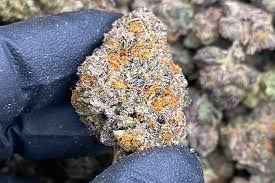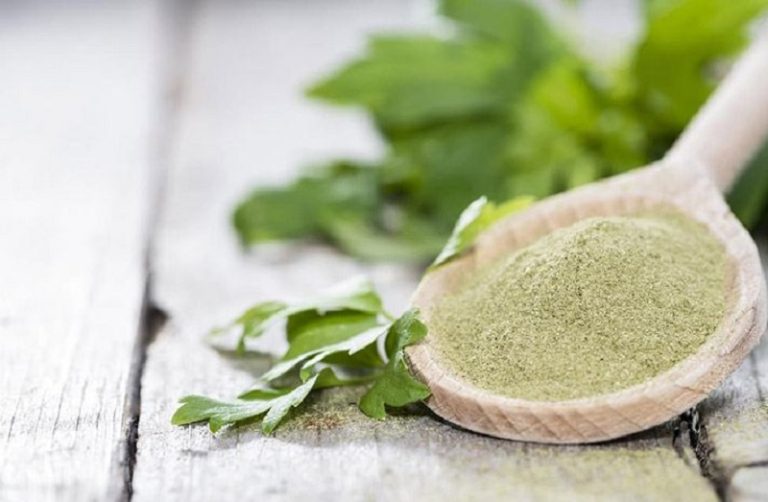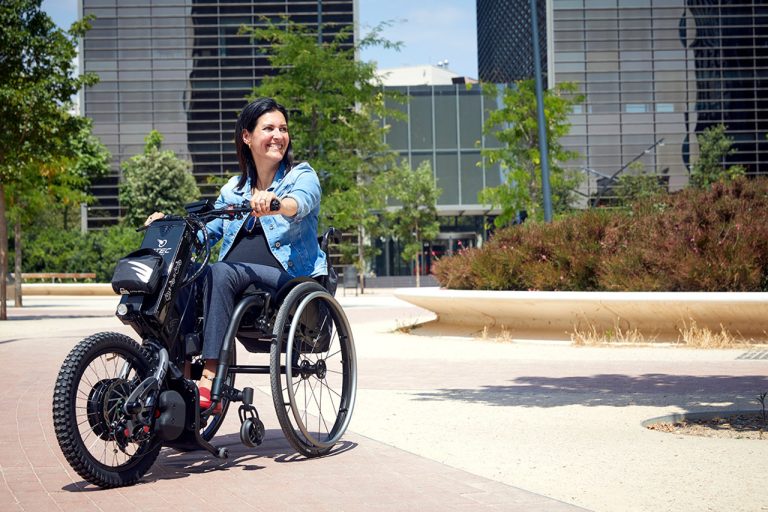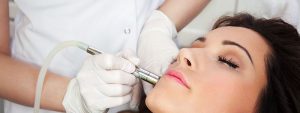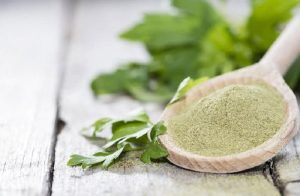
Minor wounds such as cuts, scrapes, and abrasions are a common part of life, but proper treatment is essential to prevent infection and promote healing. Knowing how to clean, dress, and care for minor wounds can help prevent complications and expedite the healing process. Here’s a comprehensive guide:
1. Assess the Wound
Before treating a minor wound, assess its severity and extent. Determine if it requires medical attention based on factors such as size, depth, location, and presence of foreign objects. Seek medical help for wounds that are deep, gaping, or located on sensitive areas such as the face, hands, or genitals.
2. Wash Your Hands
Before handling the wound, wash your hands thoroughly with soap and water to prevent introducing harmful bacteria or germs. If gloves are available, consider wearing them to further reduce the risk of infection.
3. Clean the Wound
Gently rinse the wound with clean running water to remove dirt, debris, and bacteria. Avoid using harsh soaps, hydrogen peroxide, or alcohol, as these can irritate the wound and delay healing. If necessary, use a mild saline solution to cleanse the wound.
4. Control Bleeding
If the wound is actively bleeding, apply gentle pressure with a clean cloth or sterile gauze pad to help control the bleeding. Elevating the injured area above the level of the heart can also assist in reducing blood flow to the wound.
5. Apply Antiseptic
After cleaning the wound, apply a thin layer of over-the-counter antiseptic ointment or cream to help prevent infection. Be sure to use only products specifically designed for wound care and follow the manufacturer’s instructions.
6. Dress the Wound
Cover the clean, dry wound with a sterile adhesive bandage or gauze pad to protect it from further injury and prevent contamination. Choose a dressing size appropriate for the size of the wound, ensuring that it fully covers the affected area.
7. Change Dressings Regularly
Monitor the wound for signs of infection, such as increased redness, swelling, warmth, or drainage of pus. Change the dressing as needed, usually once a day or whenever it becomes soiled or wet. Keep the wound clean and dry between dressing changes to promote healing.
8. Watch for Signs of Infection
While most minor wounds heal without complications, it’s essential to watch for signs of infection. Seek medical attention if you notice any of the following:
- Increasing pain, redness, or swelling around the wound
- Pus or discharge from the wound
- Fever or chills
- Persistent or worsening symptoms despite home treatment
In Summary
Proper treatment of minor wounds involves assessing the injury, washing hands, cleaning the wound with water, controlling bleeding, applying antiseptic, dressing the wound, changing dressings regularly, and monitoring for signs of infection. By following these steps and seeking medical help if necessary, you can promote healing and prevent complications. Remember, even minor wounds require attention and care to ensure optimal recovery.

